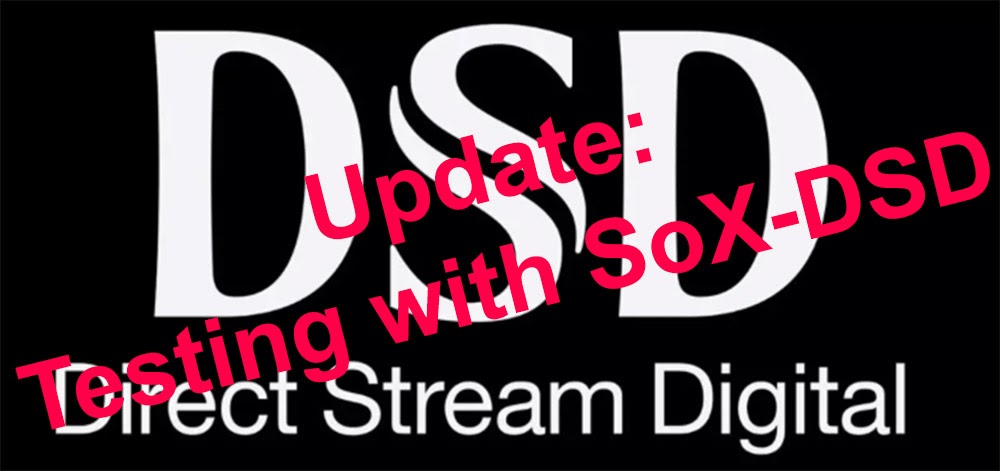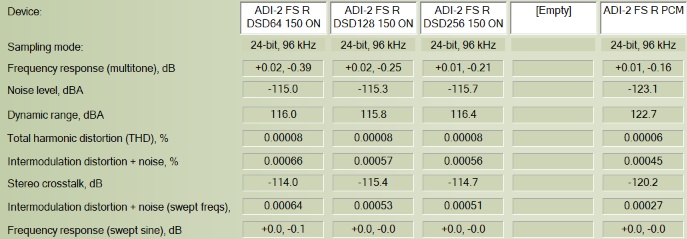Probably the most asked about question about DACs on audio forums is whether an external, usually linear, power supply improves performance. It just makes sense that it would do that. Doesn't it? Well, let's see if we can figure this out.
I have been kindly loaned a Wyrd4Sound PS-1 power supply for testing. It has replaceable modules that let you configure it for different voltages. The base PS-1 price is USD $499 and includes one regulated output. Additional modules cost $100. The unit I have has three modules in it. Two are 9 volt and one is 15 volt. Sadly, I see no regulatory and safety certification on the PS-1.
I was also kindly loaned an Sbooster BOTW ECO years ago so I thought I test it too. It costs $399 and comes in many variations. Sbooster provides OEM products to many companies and does proper engineering as far as safety standards.
For switching power supply I compared the one that comes with Topping DX3 Pro. Topping also has a strong commitment to safety and certification so the supply comes with such. Here is the whole contraption:
Note that this is a long term project and I hope to improve and refine the tests. So consider this "draft 1."
Let's get into some measurements, shall we?
DAC Measurements
As a rule, I am not a fan of showing raw power supply measurements although I will be showing that toward the end. What is most important is whether the signal coming out of a DAC is improved with an aftermarket power supply. After all, those are the waveforms we hear. We don't listen to power supply wires. The impact of power supply noise is very indirect as the DAC usually performs secondary filter and re-regulation. And its circuits may be designed to have high rejection of power supply noise and ripple (called PSRR).
I thought I start my testing with Topping D50. It is a very good DAC and as it turns out, it has a 5 volt input jack that I could mate with either USB power from my computer, or that of the external linear power supplies. I started the test by powering the D50 with USB and the compared the performance to Sbooster BOTW:
View attachment 23442
The graph is kind of hard to red. But essentially I am feeding the DAC a 10 kHz tone at 192 kHz sampling. The harmonics of 10 kHz tone are visible at multiples of it so ignore that. Everything else is noise and spurious distortion. We see fair bit of them because I have zoomed way in, setting the top of the graph to -80 dB. Blue is the USB port on my computer which I use for DAC testing. We see that when we switch to Sbooster BOTW power supply, a lot of higher frequency spikes go away. Mind you, the worst case one is at -125 dB and all of these are at frequencies we can't hear. But objectively there is some improvement in "noise."
Next I went to test the PS-1 with the D50 and I realized it didn't have a 5 volt output. Thinking there is a pre-regulator in the D50, I plugged it in anyway. Sadly, the D50 didn't power on, nor did it do so with the other supplies anymore. She has died and gone to DAC heaven. May it rest in peace....
For plan B, I decided to test with Topping DX3 Pro since it takes 15 volt supply which lets me test the PS-1. Unfortunately the Sbooster is only 5 to 6 volts so it is out of the running here. I switched the test conditions around to 12 kHz tone at 96 kHz sampling (told you this is a draft work in progress):
View attachment 23443
Nothing is changed really if you compare the two graphs but one thing has gotten worse: there are some noise spikes between 1 and 1.2 Megahertz. Note: that is
Megahertz, not Kilohertz. We are way, way outside of audible range but folks always think there are bad things up here so I have decided to show it with this 1 Megahertz bandwidth test. We will come back to these extra tones shortly.
I broke my usual rule of only testing audio signals and connected the output of the power supplies directly to the analyzer. I used a differential input so to keep external noise interference at bay (some probably still getting through). Let's compare the spectrum of noise between Topping's switching power supply and Wyrd4sound PS-1:
View attachment 23444
Looking to the left, the PS-1 is clearly much cleaner. What is disappointing is to the right: yes, we see those noise spikes around 1 Mhz just as we did in the output of the DAC! I have no idea what the cause of this would be other than I see a display on the PS-1. Maybe there is a microprocessor running in there at this frequency. It is sad that they did not measure the unit the way I have and found a way to eliminate that.
Let's now overlay the noise spectrum of PS-1 against the Sbooster BOTW:
View attachment 23446
Sbooster (in green) has somewhat higher noise but none of those spikes at 1 to 1.1 Mhz.
Let's focus down in the audio band and see how the three compare:
View attachment 23447
The general noise level of the PS-1 is the best. We do see a spray of spikes though which I suspect are mains frequency leakage. Sbooster has a smooth spectrum that falls in between. Topping power supply is the worst but again, look at the vertical scale: the highest noise spike is at -85 dB. No wonder none of this matters when we look at the output of the DAC.
Conclusions
It is clear that whether you use the USB power, or the supplied switching power supply, there is absolutely no audible improvement in the output of the DAC with linear power supplies. One can help himself believe otherwise by looking at the noise spectrum alone as I have shown in the last graph. But again, we don't listen to power supply wires. Those waveforms go through filtering stages even in cheapest DACs.
If you do want to get a linear power supply, my strong recommendation is to get it from a company that understands safety and has regulatory certification. In that regard, my recommendation would be for the Sbooster BOTW over Wyrd4Sound PS-1. It is also $100 cheaper.
------------
As always, questions, comments, recommendations, etc. are welcome.
I used a ton of electricity for this testing. So please donate some money so that I can pay my bill at the end of the month:
Patreon:
https://www.patreon.com/audiosciencereview), or
upgrading your membership here though Paypal (
https://audiosciencereview.com/foru...eview-and-measurements.2164/page-3#post-59054).








